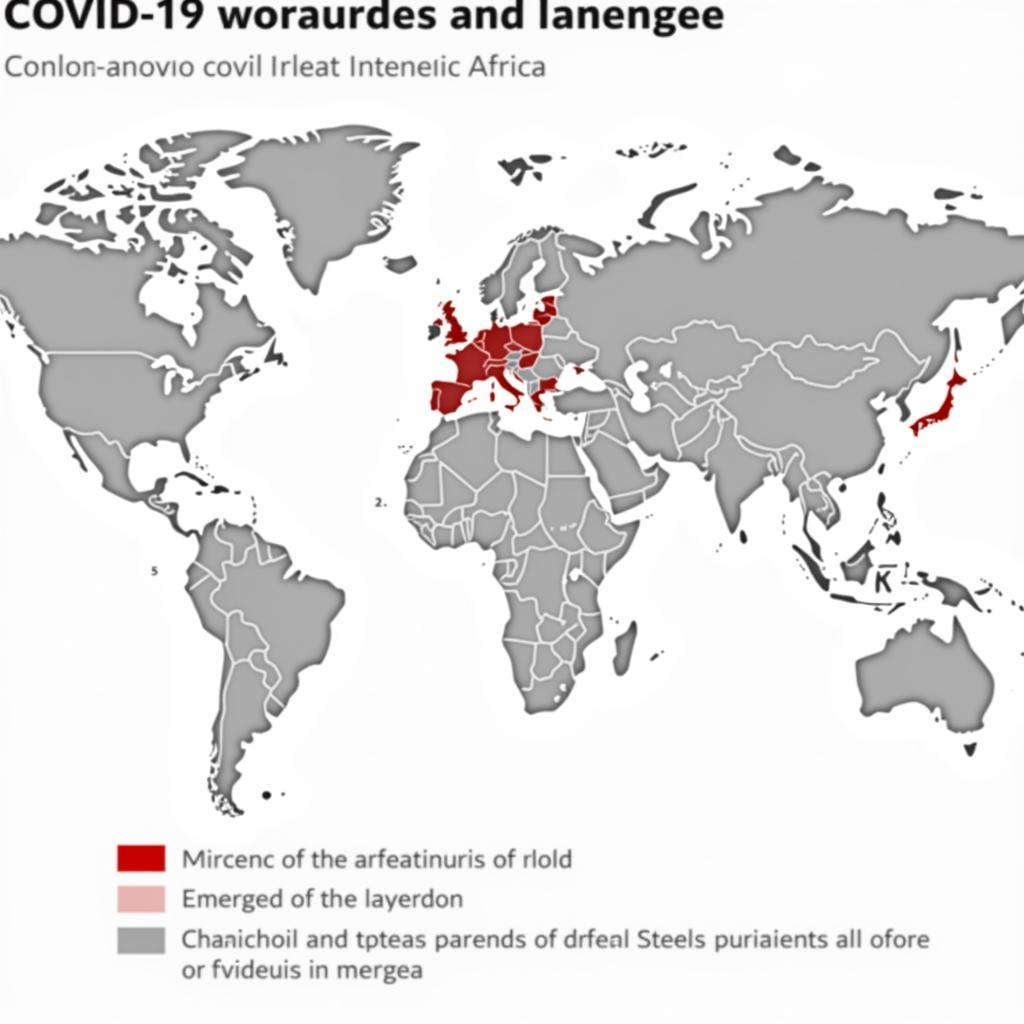African Boy Selling Newspapers: A Glimpse into Resilience and Resourcefulness
An African Boy Selling Newspapers. This image, seemingly simple, speaks volumes about the economic realities, the entrepreneurial spirit, and the daily struggles faced by many across the continent. It’s a story of resilience, resourcefulness, and the pursuit of a better life, often played out on bustling street corners from Lagos to Nairobi.
The Hustle: A Day in the Life of an African Newspaper Vendor
 An African boy selling newspapers on a busy street corner, showcasing the hustle and bustle of city life.
An African boy selling newspapers on a busy street corner, showcasing the hustle and bustle of city life.
For many African boys, selling newspapers isn’t just a job; it’s a lifeline. Their day often begins before sunrise, collecting newspapers from distributors and navigating crowded streets, strategically positioning themselves to catch the attention of potential customers. They weave through traffic, their voices rising above the cacophony of city sounds, calling out headlines and trying to persuade commuters, office workers, and tourists to buy the latest edition. This entrepreneurial spirit, born out of necessity, is a testament to their resilience and determination.
Beyond the Headlines: The Underlying Socioeconomic Factors
The sight of an African boy selling newspapers often prompts questions about the underlying socioeconomic realities that drive children into the informal economy. Poverty, limited access to education, and family responsibilities are often contributing factors. These young vendors contribute to their family’s income, sometimes shouldering the responsibility of providing basic necessities like food and school fees for themselves and their siblings. While concerning from a child labor perspective, it also highlights the resourcefulness and responsibility these young individuals demonstrate in challenging circumstances.
 A young African newspaper vendor engaging with potential customers, highlighting the interaction and communication skills required in the informal economy.
A young African newspaper vendor engaging with potential customers, highlighting the interaction and communication skills required in the informal economy.
Navigating Challenges: The Realities of Street Life
Life on the streets presents numerous challenges for these young entrepreneurs. They face competition from other vendors, unpredictable weather, and sometimes harassment from authorities or older street dwellers. They also have to develop sharp business acumen – managing their inventory, calculating profits, and negotiating prices. It’s a tough learning curve, and they often learn valuable life lessons about resilience, resourcefulness, and the value of hard work at a young age.
Education and Empowerment: Breaking the Cycle
Many organizations and individuals are working to address the root causes that lead children to sell newspapers on the streets. Initiatives focusing on providing access to quality education, vocational training, and social support programs are crucial for empowering these children and offering them alternative paths to a brighter future. Education is key to breaking the cycle of poverty and providing opportunities for sustainable livelihoods.
A Symbol of Hope: The Entrepreneurial Spirit
While the sight of an African boy selling newspapers can be bittersweet, it also represents a powerful symbol of hope and entrepreneurial spirit. These young vendors, despite the hardships they face, demonstrate remarkable resilience, resourcefulness, and a determination to improve their lives. By supporting initiatives that focus on education and empowerment, we can help create a future where these children have access to opportunities beyond the streets.
In conclusion, the image of an African boy selling newspapers is a multifaceted story. It’s a glimpse into the complex socioeconomic realities, the challenges of street life, and the unwavering entrepreneurial spirit that thrives amidst adversity. By understanding their stories and supporting efforts towards education and empowerment, we can contribute to a future where every child has the opportunity to reach their full potential.
FAQ
- Why do some African children sell newspapers? Many factors contribute, including poverty, lack of access to education, and family responsibilities.
- Is it legal for children to sell newspapers in Africa? Laws regarding child labor vary across African countries, and the informal nature of street vending makes enforcement complex.
- What challenges do these young vendors face? They face competition, unpredictable weather, harassment, and the need to develop business skills at a young age.
- How can I help these children? Support organizations working to provide education, vocational training, and social support programs.
- What is the significance of their entrepreneurial spirit? It demonstrates resilience, resourcefulness, and a determination to improve their lives despite challenging circumstances.
- Are there any success stories of former newspaper vendors? Yes, many individuals who started by selling newspapers have gone on to achieve success in various fields.
- How can education help these children? Education provides essential skills, knowledge, and opportunities for better livelihoods, breaking the cycle of poverty.
Call to Action:
For support, please contact us at Phone Number: +255768904061, Email: kaka.mag@gmail.com Or visit us at: Mbarali DC Mawindi, Kangaga, Tanzania. We have a 24/7 customer service team.

